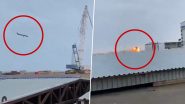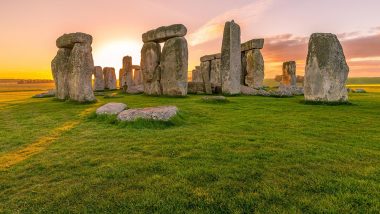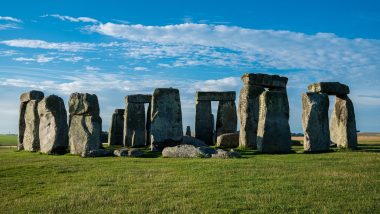One of the prehistoric monuments, Stonehenge had a lot of mysteries around it regarding who was buried under and who built it. Now a new study has tried to put light on the mystery. This study solely concentrates on who was buried under this iconic structure, which is said to serve as a cemetery. The findings have been published in the journal Scientific Reports.
The study reveals that out of the 25 cremated remains in Wiltshire, 10 of them were nowhere from the surrounding areas. The team of scientists was led by researchers from the University of Oxford. The study shows that both 40% of the people buried at the Stonehenge likely came from west Wales. It is said they helped in transporting the stones and built Stonehenge. The team studied the human remains from here and they dated back to 3,000 BC so it was not an easy task.
The bone analysis pointed out that these people were not living at the Stonehenge or did not even inhabit the nearby area for the last 10 years of their lives. The lead study author Christophe Snoeck said, "My research goal was to assess what information could still be obtained from archaeological human remains even after cremation. I managed to demonstrate that some geographical information still remained in cremated bone and this new development is what enable us to go back to the human remains from Stonehenge and carry out this exciting study. " The team used strontium isotopic analysis on the cremated remains. It is a technique that helps to understand the food eaten over the last decade before death.
The researchers were able to identify where the people lived during the last 10 years and it matched with the plants, water from modern-day Britain. So they found that 15 of the people buried were locals but the other 10 were not connected to the region. This group belonged to the West Wales region. This region is where the bluestones erected in the Stonehenge construction have brought in for. "To me the really remarkable thing about our study is the ability of new developments in archaeological science to extract so much new information from such small and unpromising fragments of burnt bone," said the co-author Rick Schulting. These findings give more insight into who built the site and also
(The above story first appeared on LatestLY on Aug 03, 2018 04:07 PM IST. For more news and updates on politics, world, sports, entertainment and lifestyle, log on to our website latestly.com).












 Quickly
Quickly





















